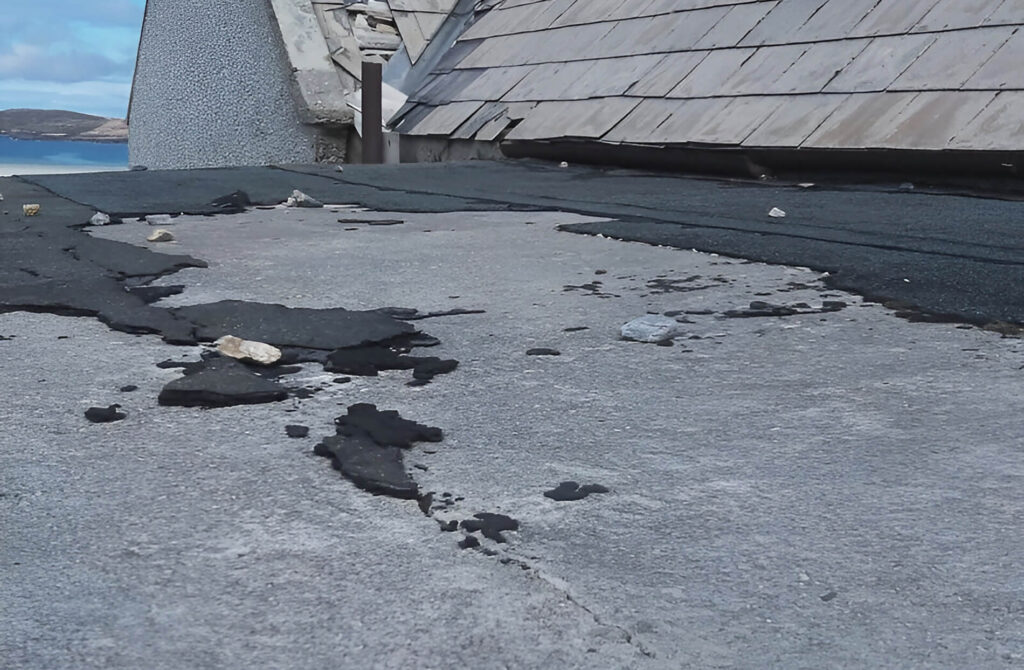Should I Repair or Completely Replace my Roof?
We all know that the roof of our house is a crucial element in its construction that keeps the weather out and helps keep the heat in. But replacing a roof isn’t exactly the most exciting way to spend our money! So how do know when we should repair a roof or when the time has come to replace the roofing materials entirely?

Making checks
Most roofing experts will recommend that you do an inspection of your roof twice a year – in spring and in autumn. This is after the heavy winds, rain and snow of the winter and after the (hopefully) hot sunny period of summer. These extremes are the ones that most often cause problems to roofing materials.
Checking the roof from inside is relatively simple – pop up into the loft with a torch and look for signs of sagging, dark spots that could indicate water leaking in or other signs of water damage. Turn off your torch and look for spots of daylight which will indicate a loose or broken tile.
For the external check, you may want to get a roofer in, unless you are proficient at climbing those tall ladders and negotiating your way around a roof. The outside check is similar to the inside one, looking for missing or sagging tiles, signs of moisture or other damage. It will also involve checking the guttering and the roofline of the house.
Repair vs replace
Obviously, replacing a roof is a big undertaking and if you have a couple of loose tiles, then you aren’t going to consider it. Estimates say that the cost of replacing the roof of a terraced house can start from £4000 while a four bed semi-detached can start from £7000. That’s quite a lot of repair work to cost that much but this isn’t the only consideration.
Frequency of repairs and age of the roof are the other factors to consider. All roofing materials have a lifespan, which isn’t set in stone but gives a good idea how long they should last. If a roofing material is approaching this number and there are frequent repairs, even small ones, then you should consider replacing. This is because there are possibly weaknesses that may not show themselves until there is bad weather and then you could be looking at a major incident. So while the repairs might not amount to the cost of a replacement, you should consider the costs and the problems caused if there is a major incident with the roof.
Flat roofs
The thinking behind flat roofs is similar as they too have a lifespan. Traditional roofing methods can last twenty plus years but flat roofs are more vulnerable than pitched roofs due to their flat nature. They get impacted more when it is windy, water can pool in the tiniest spot and lead to a leak plus if water gets into the deck below the felt, rot can set in. Flat roofs can also be less expensive to replace than pitched roofs as they are generally smaller, so the cost ratio for repairs versus replacement is correspondingly lower.